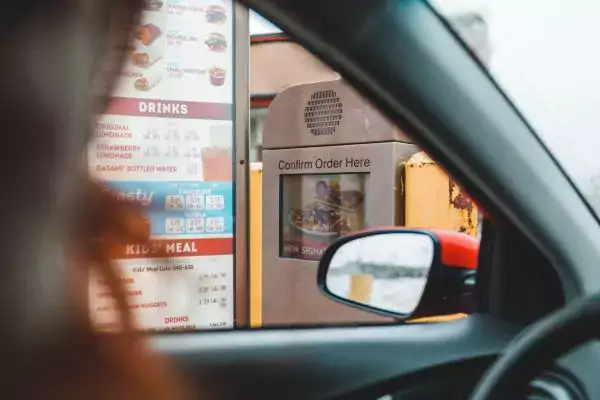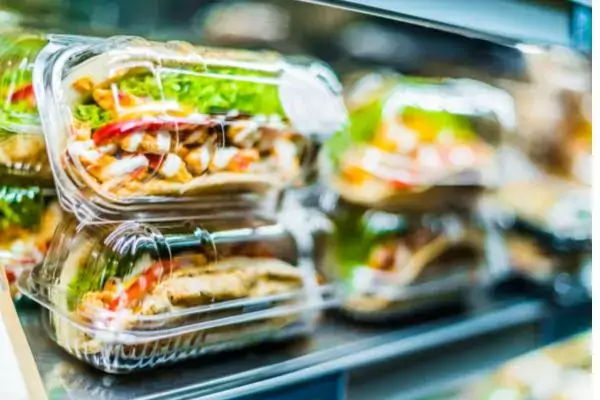While there’s no business like show business, there’s no business quite as challenging as the restaurant industry.
Perhaps some non-foodservice retailers will protest that statement, but they’d have to agree that restaurant hours are just as demanding as retail and pleasing customers can be a lot more stressful against a backdrop of food safety. It’s like the perfect storm of difficult business conditions!
Are you more likely to remember when someone told you not to shop at a department store, or when they told you not to eat at a certain restaurant? When something is wrong in restaurant operations, irreparable damage may be done to the brand if action is not taken quickly.
Luckily, there is something that can be done to uncover problems before they become losses. Instead of hiring Chef Gordon Ramsay and turning your restaurant into Hell’s Kitchen, you can instead collect better data that will lead to actionable results. There’s one report, in particular, that restaurant operators can’t afford to overlook.
Calculating Prime Cost Weekly
When you receive a monthly profit and loss statement, it’s not the time to try to figure out what went wrong in the last 30 days. To identify problems more quickly, industry experts recommend calculating prime cost weekly. Prime cost is calculated by combining food and beverage costs, salaries and wages, payroll taxes and benefits. According to Jim Laube of RestaurantOwner.com, the most profitable restaurants in the country know their food and beverage costs at the end of each week.“Weekly food cost reporting changes the entire culture in the kitchen because of the awareness and the sense of ongoing accountability it creates.” – Jim Laube, restaurant consultantTo calculate weekly food costs, restaurants must keep an invoice log, or a record of their daily food and beverage purchases. Hourly labor costs should also be calculated daily. Did You Know? Prime cost usually runs between 60 percent to 65 percent of total sales in a full-service restaurant and 55 percent to 60 percent of sales in a quick-service restaurant. According to Laube, many restaurants end their week on Sunday and have the prime cost report by noon on Monday. Some restaurants have the managers prepare the entire report or have a bookkeeper or clerical assistant do this work Monday morning.
To make it easier, Laube suggests having vendors prepare separate invoices for each major product type, and having them break down your food items by category, including grocery, poultry, meat, seafood, etc.
Did You Know? When done correctly, restaurants can lower their food costs by 2 to 4 percent of sales by calculating food cost and tracking inventory levels each week.Food for Thought
Any time a process has a lot of paperwork and manual input, there’s also a lot of room for error. Electronic forms can reduce the clutter and confusion of collecting this data, especially in chain restaurant operations. Formulas to automatically calculate results can also be programmed, drastically reducing the amount of time it takes to get results. So, instead of a manager or employee spending Monday morning crunching numbers, they can focus on kitchen culture and communicate with staff about the results that impact your bottom line. If you're looking for an auditing and reporting solution for your multi-unit restaurant operations, look no further. Zenput is helping restaurant operators assign, track, and analyze work like checklists, audits, and forms, both on the field and store level. Interested? Schedule a demo to learn more.Subscribe to our blog
You are now subscribed!


